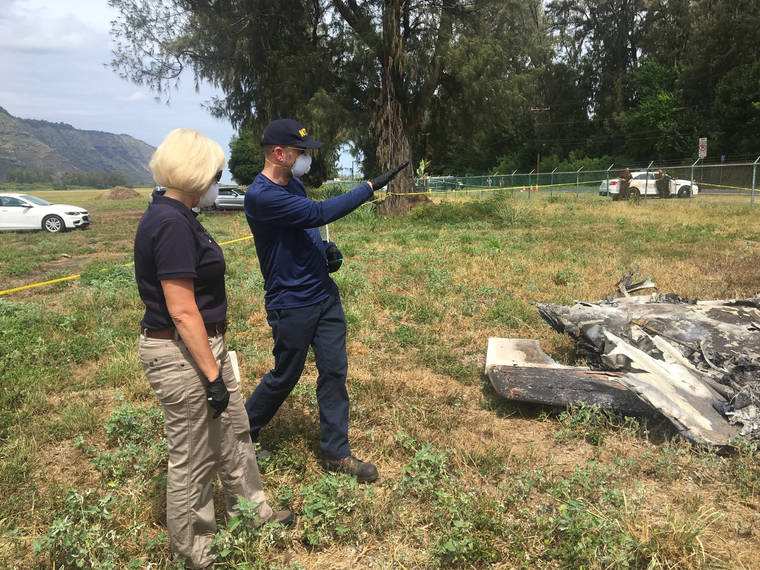
It’s right and proper for the agency to oversee such operations to ensure reasonable safety and compliance, but the disconnect is that they can be, in the aggregate, “safe,” or that the FAA’s involvement assures the kind of near-zero accident rate that the Part 121 airlines have achieved. The general public ought to have access to such things and it shouldn’t be the FAA’s role to impede this. This is a fig leaf that allows operators of airplanes never intended to carry paying passengers to do so under the assumption that supporting such “fragile” airplanes as they are called is in the interest of aviation and public policy. The airplane was carrying paying passengers under the Living History Flight Exemptions program. Let’s just consider one of the accidents discussed, the Collings Foundation B-17 Nine-O-Nine crash at Windsor Locks, Connecticut, in 2019 that killed seven people. In fact, in the accidents in question, the operations may have gotten no scrutiny at all. Like the for-hire flying I was doing in Southampton, these operations de facto hold out to the general public, but aren’t subject to anything like the regulatory scrutiny focused on the airlines.

#21 pilots ride skydiving series#
What ignited the hearing was a series of accidents in that murky gray area of general aviation flying, paying passengers in Part 91 operations.

While I was covering the NTSB hearing on ways to improve revenue Part 91 flying operational safety yesterday, I couldn’t escape the feeling that maybe things have changed. It caused me to be less casual about the mundane normalcy of flights that never go wrong and to search for things that might otherwise result in the opposite outcome. Did this enhance safety? I would argue that it did, if just infinitesimally. Not only that, but I actually began checking the whereabouts of the aircraft logbooks and the status of the required inspections. The two FAA inspectors were not amused, but I eventually got off with counseling and one of the friendly chats the feds used to do to jolly would-be miscreants back from the edge of a smoking crater.īut I never did it again. I’d carelessly left it in the flight planning room. What I had not done is place it in the regulation 8 by 10 metal clipboard box that contained all the other airplane documentation. Our ops specs required me to do a weight and balance and fuel calculation, print it out and have it readily accessible in the airplane.

I sheepishly admit it was a righteous collar.


 0 kommentar(er)
0 kommentar(er)
